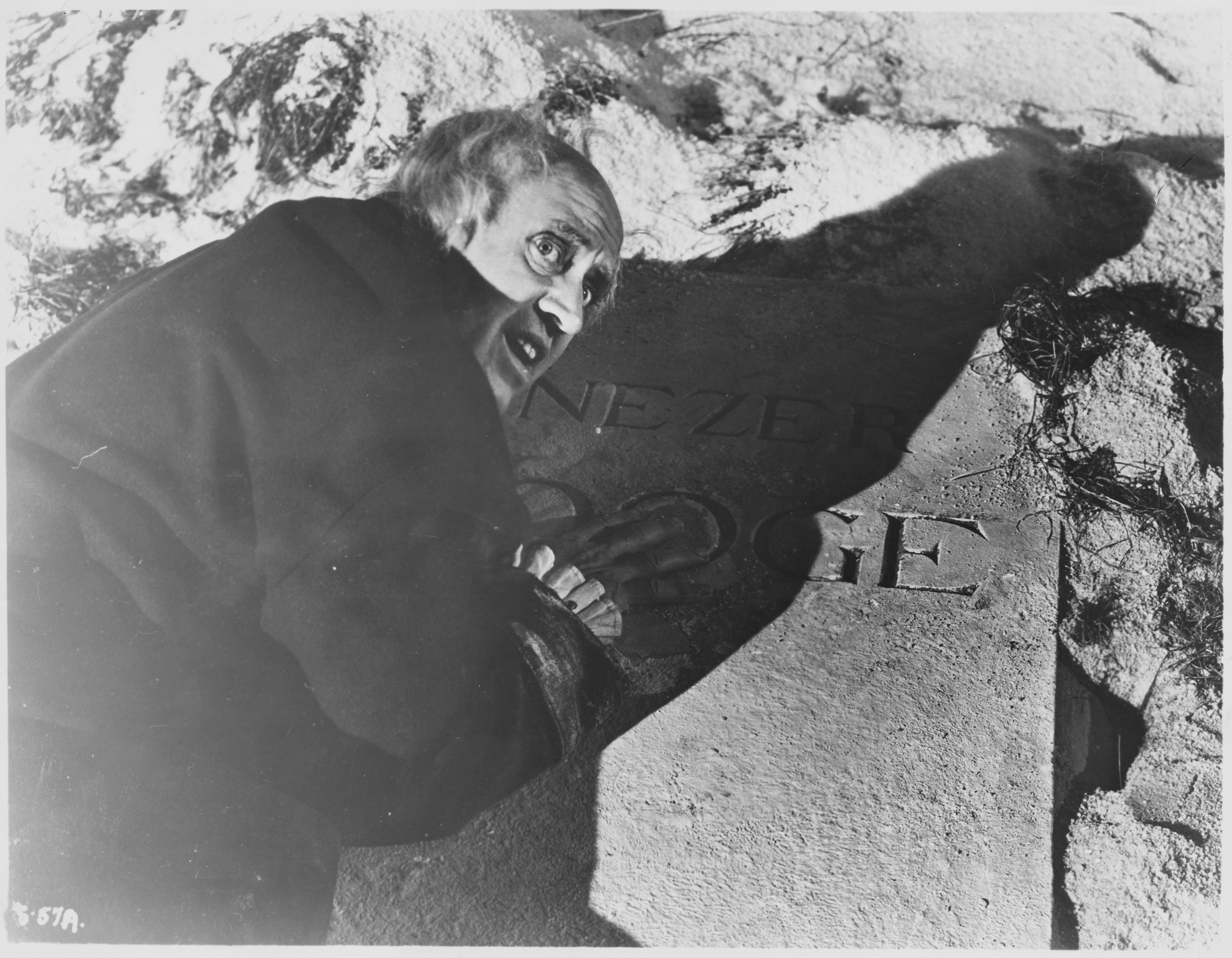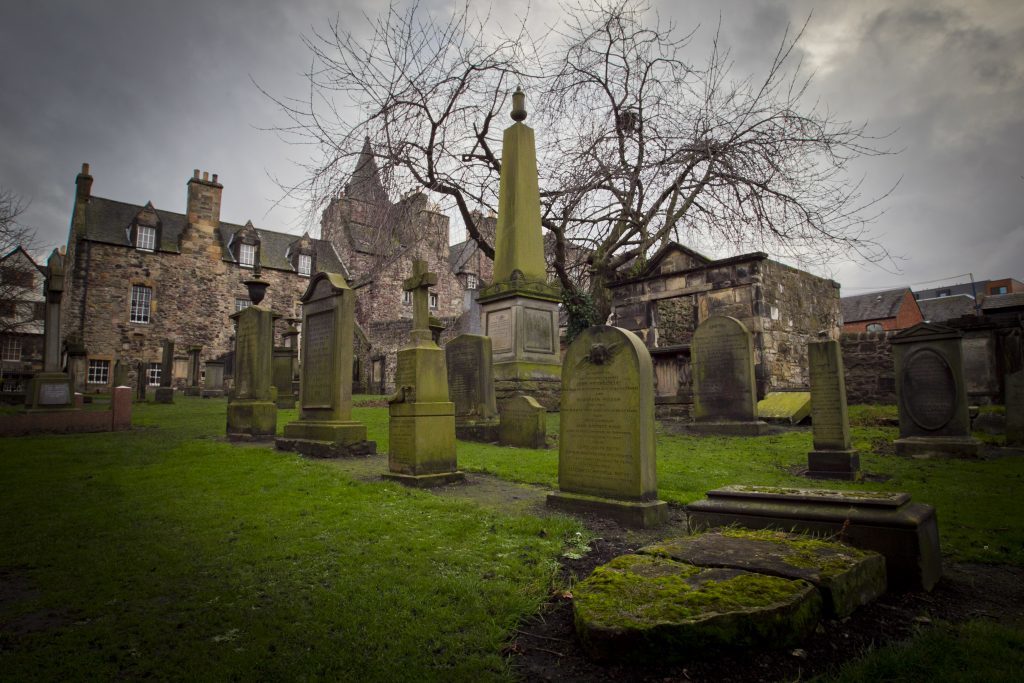
A GRAVESTONE that inspired Charles Dickens to write his classic tale A Christmas Carol is thought to have been broken up and discarded.
The famous Edinburgh tombstone, which was inscribed with the name Ebenezer Lennox Scroggie, was central to the creation of the character Ebenezer Scrooge.
However, grave workers believe it was crushed up during a refurbishment in 1932.
Structural inspector Peter Gentleman – one of several city grave-checkers – said: “I’m pretty sure it would have been just broken up and crumbled into rubble as its significance was probably not realised at the time.”
The stone that caught Dickens’ eye was inscribed “Ebenezer Lennox Scroggie – born Kirkcaldy 1792, died Edinburgh 1836”.
The author came across it in Edinburgh’s Canongate Churchyard in 1841.
And it’s thought a mistake on his part led to the creation of the miserly Scrooge.
The author thought the inscription described Scroggie as a “mean man” – inspiring him to create his penny-pinching protagonist.
Dickens wrote in his notebook: “I thought it was a grievous message for Eternity.
“The Scots are famous for frugality but mean man was an advertisement of a shrivelled soul… this was the emblem of a life surely wasted.”
In later years he also said: “It must have shrivelled Scroggie’s soul to carry such a terrible thing to eternity.”
However, it’s thought the author misread the inscription.
In fact, the words on Scroggie’s grave didn’t say “mean man” but instead read “meal man”, given Scroggie was a generous and prominent corn merchant in the city.
He was also a wine supplier who won the catering contract for the visit of George IV to Edinburgh in 1822 and was a relative of world-famous political economist Adam Smith.
Today, the Adam Smith Institute thinktank boasts that as a corn merchant Scroggie “saved and improved far more lives than anyone just giving away their money does, as his great uncle points out in the Wealth of Nations”.
And while Scrooge, who was famously portrayed by Alastair Sim in the 1951 adaptation of the book, was a grumpy old miser – Scroggie was anything but.
In fact, such were his lustrous ways that he gained a reputation as a philanderer and cad before his death in 1836.
He got a serving maid pregnant and once dramatically interrupted the General Assembly of the Church of Scotland by fondling a shocked countess.
Carlo de Vito, author of the recent book Inventing Scrooge, said: “Of course, while Dickens’ mistake yielded one of fiction’s most revered characters Scroggie himself was one of Scotland’s greatest characters. For while it was true he was a sinner, he was covetous – but not of money.”
However, those trying to track down the final resting place of Mr Scroggie will be bitterly disappointed after its destruction in 1932.
In fact, most visitors probably walk over Scroggie’s grave without even realising, according to Peter Gentleman.
He said: “The bit where most stones were lost is now an open gravel area on the east side of the church.”

Enjoy the convenience of having The Sunday Post delivered as a digital ePaper straight to your smartphone, tablet or computer.
Subscribe for only £5.49 a month and enjoy all the benefits of the printed paper as a digital replica.
Subscribe